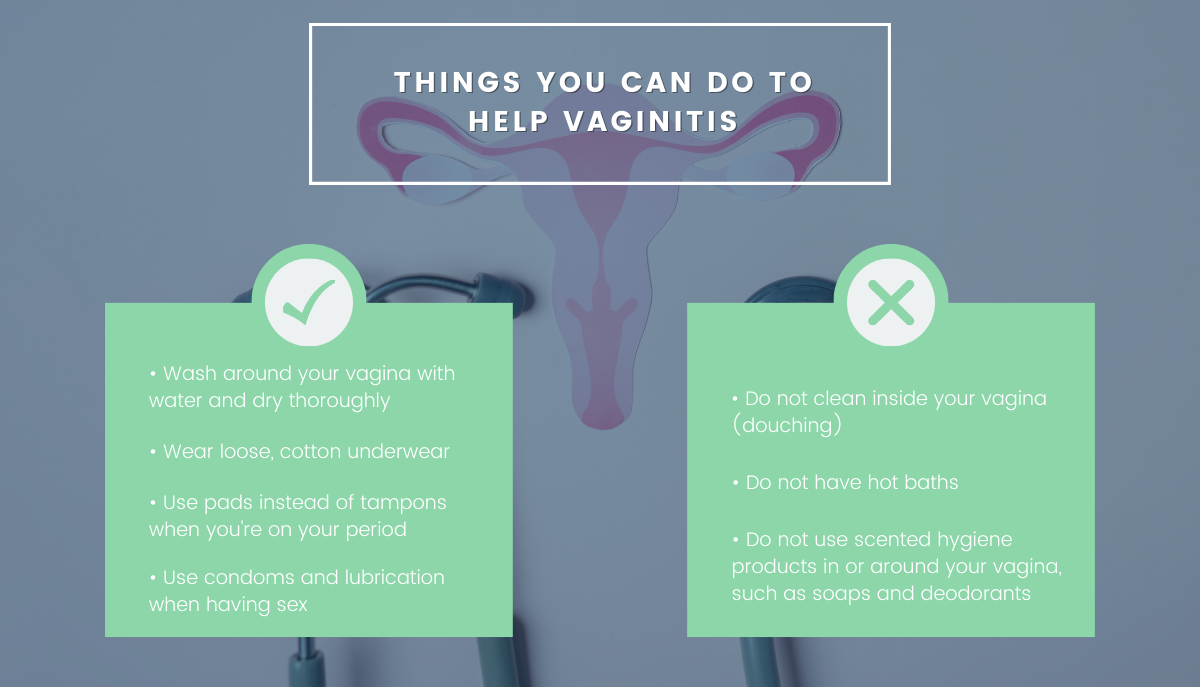Vaginal health is a crucial aspect of overall well-being for women, but issues like vaginitis can disrupt daily life and cause discomfort. In this comprehensive guide, we will delve into the topic of vaginal health, focusing on vaginitis and its symptoms, possible causes, and treatment options. Let’s explore how to maintain optimal vaginal health and find relief from vaginitis.
Understanding Vaginitis
Vaginitis is a condition characterised by soreness and swelling in and around the vagina. Common symptoms include itchiness, abnormal vaginal discharge, and a feeling of dryness. Pain having a wee or having sex, vaginal bleeding/spotting can occur after sex/using tampons. The skin around your vagina can feel sore, cracked and swollen. It can have various causes, such as yeast infections (Thrush), sexually transmitted infections (STIs), hormonal changes during menopause, or skin conditions like eczema or lichen planus. Proper identification of the cause is essential for effective treatment.
For more information on possible causes of vaginitis, refer to the NHS article on Vaginitis.
Seeking Medical Help for Vaginitis
If you experience vaginitis symptoms for the first time, or if the symptoms are different or persist despite previous treatments, it’s crucial to seek medical advice. Additionally, any unusual vaginal discharge, symptoms after sex with a new partner, or pelvic pain should prompt a visit to a GP or a sexual health clinic. Remember not to have sex until you’ve been evaluated by a healthcare professional, as it could be related to a sexually transmitted infection.
Find a nearby sexual health clinic for prompt evaluation and treatment.
Diagnostic Process for Vaginitis
A doctor or nurse will conduct a pelvic examination to determine the cause of vaginitis. This may involve looking at the skin around the vagina and using a speculum to inspect the vaginal canal. A swab test might also be performed to check for infections.
Treatment Options for Vaginitis
The treatment for vaginitis depends on the underlying cause. For Thrush, antifungal medication may be prescribed. If it’s a sexually transmitted infection, antibiotics are often necessary. Hormone treatments like vaginal moisturisers or lubricants can help with menopause-related symptoms. For skin conditions, steroid medication may be used.
Promoting Vaginal Health
Apart from medical treatments, there are several things you can do to promote vaginal health and reduce the risk of vaginitis. Proper hygiene practices include washing around the vagina with water and avoiding douching. Wearing loose, cotton underwear and using pads instead of tampons during periods can also help. During sex, using condoms and lubrication is beneficial.

Conclusion
By understanding the symptoms, causes, and treatment options for vaginitis, women can take proactive steps to maintain good vaginal health. Remember to seek medical advice for proper diagnosis and personalised treatment. Embracing good hygiene practices and following preventive measures will contribute to a healthier and more comfortable vaginal experience.
References: NHS. Vaginitis. (https://www.nhs.uk/conditions/vaginitis/)
Learn more about our team
Follow us on socials


